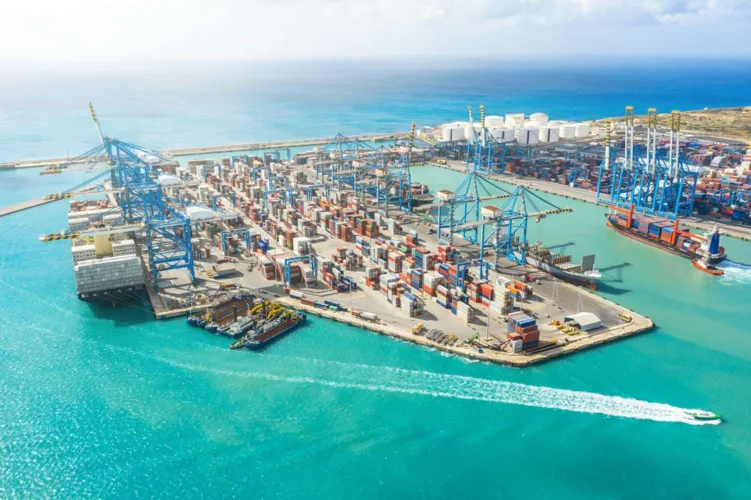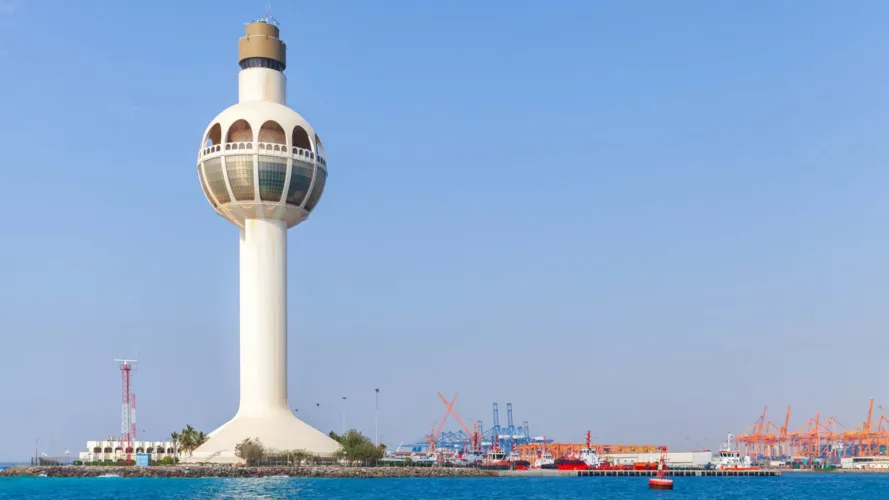Saudi Logistics Expansion: A $970 Million Growth Opportunity
A recent market analysis uncovered a striking trajectory for Saudi Arabia’s logistics sector. In 2024, the industry was valued at $560 million, but researchers predict it will surge to $970 million by 2033, fueled by a 6.70% compound annual growth rate (CAGR). This transformation isn’t just about numbers—it’s a strategic overhaul driven by Vision 2030, digital innovation, and ambitious infrastructure projects. As Saudi Logistics Expansion strengthens supply chain resilience, businesses worldwide are taking notice, eager to tap into a logistics hub connecting Europe, Asia, and Africa.
Infrastructure Investments Reshaping Saudi Supply Chains
At the heart of Saudi logistics expansion is a substantial investment in infrastructure, designed to enhance efficiency and global connectivity. The National Industrial Development and Logistics Program (NIDLP) has allocated $133.3 billion to build and modernize ports, airports, and a robust railway network. Major expansions at King Abdullah Port and Jeddah Islamic Port are significantly increasing cargo capacity, while the Saudi Landbridge Project—a 1,300-km rail network connecting the Red Sea and Arabian Gulf—is set to streamline freight movement and reduce transit times.
These infrastructure enhancements are driving Saudi Arabia's ambition to become a global logistics hub, improving trade efficiency while attracting international supply chain operators.
Also Read: 76% Growth Positions Saudi Arabia as Logistics Hub
Technology-Driven Logistics Enhancements
Innovation is playing a key role in shaping Saudi logistics expansion, with cutting-edge technologies such as AI, IoT, and blockchain revolutionizing supply chain operations. AI-driven predictive analytics are optimizing freight movement, while IoT-enabled tracking is enhancing supply chain visibility. Blockchain technology, meanwhile, is strengthening security and transparency across trade routes.
These digital advancements are particularly crucial for e-commerce logistics, enabling last-mile delivery innovations that reduce operational costs by up to 15% and improve delivery times by 25%. With Saudi Arabia’s e-commerce sector booming, logistics providers are increasingly leveraging AI-powered route optimization and micro-fulfillment centers to meet growing consumer demands.
Strategic Trade Relationships Strengthening Market Resilience
Saudi Arabia’s global logistics positioning is reinforced through diversified trade partnerships, including strategic agreements with BRICS nations and traditional partners like the United States. The establishment of Free Trade Zones (FTZs) has further bolstered international trade efficiency by streamlining customs procedures and reducing shipping lead times.
The introduction of the Global Supply Chain Resilience Initiative (GSCRI) has attracted significant foreign direct investment into export-oriented industries, fortifying the Kingdom’s supply chain resilience against geopolitical fluctuations. This focus on international trade networks is making Saudi Arabia a more flexible and adaptive player in global logistics.
Future Outlook for Saudi Logistics Expansion
With supply chain investments scaling up, Saudi Arabia’s logistics sector is on a 6.70% CAGR trajectory over the next decade. The country’s geographical advantage as a trade hub—bridging Europe, Asia, and Africa—ensures strong future growth, particularly as sustainability-focused logistics solutions emerge.
Looking ahead, the continued adoption of green logistics initiatives and further expansion of e-commerce fulfillment infrastructure will define Saudi Arabia’s logistics transformation. As the Kingdom progresses towards Vision 2030 goals, the logistics industry is set to thrive as a cornerstone of economic diversification and global competitiveness.
Also Read: SAL Joins Saudi Logistics Revolution with SAR 4B Investment







